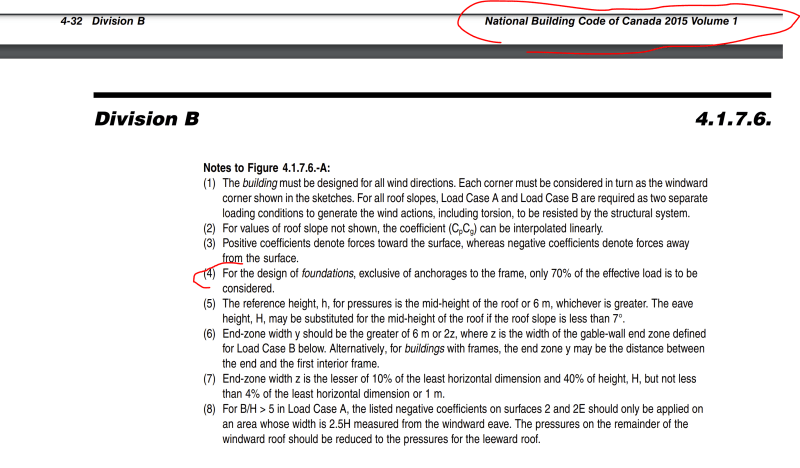This is not a good thing to do. The NBCC no longer has any allowable stress load combinations. The factor for serviceability is literally just for serviceability. It's saying that you can reduce the load for things like deflection checks.
It is not saying that you can use that for ASD checks.
In theory, all design should be limit states, including foundation work. The geotech and foundation stuff has been an adventure to transition over, though, and it's still a weird hodgepodge 20 years later.
You can go back to earlier codes if you want to roughly understand what equivalent ASD combinations would be:
It's not current, though, doesn't prove code compliance, and doesn't include any of the various load combination changes in the last twenty five years.
On the geotechnical side of things, I feel bad for the guys. The guidance they've gotten has been pretty poor. They got thrown some resistance factors and got told to use those for ultimate loads and then also figure out serviceability loads. But all of their day-to-day stuff tends to have implicit factors of safety in them and no real separation between serviceability and ultimate capacity. The numbers vary wildly between practitioners. If I were them, I'd just be baselining my ultimate capacities for shall foundations at 1.3 times whatever they'd normally do for allowable and service level and then doing a quick check to make sure I can prove at least that.
Also, every structural engineer learned how to do foundations with service level loads, even the recent grads. All the stuff about kern location doesn't hold up when you start using factored loads, and the whole concept of having a rectangular stress block in certain types of moment cases is always a fun discussion.

